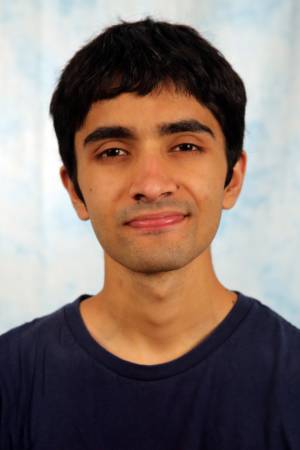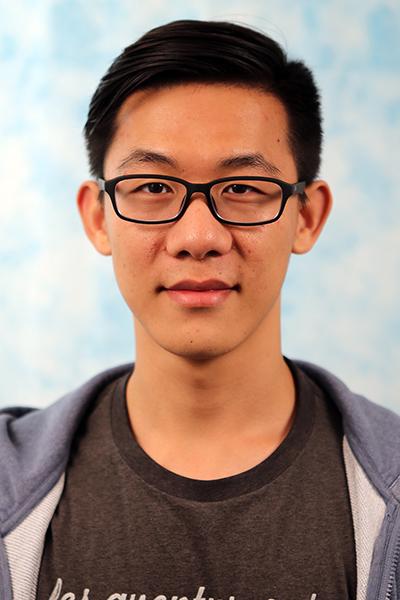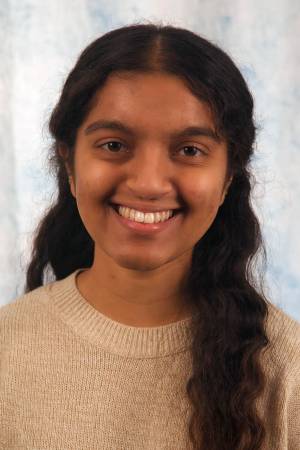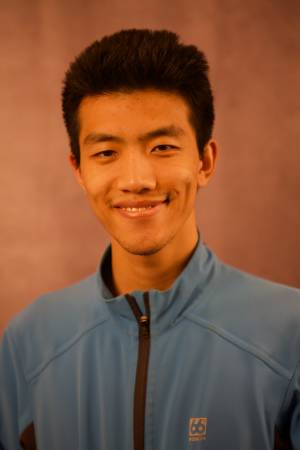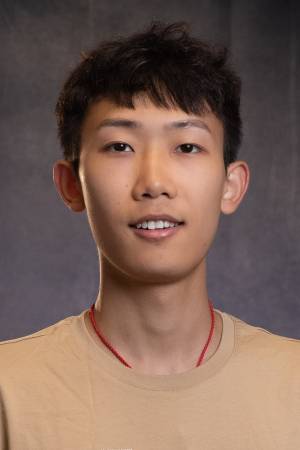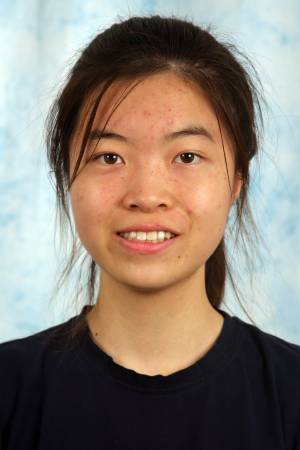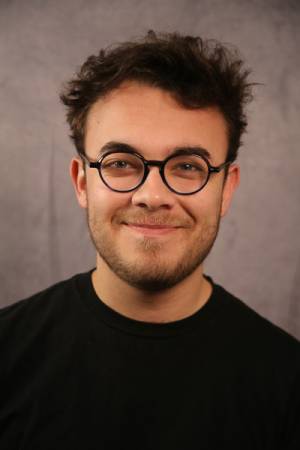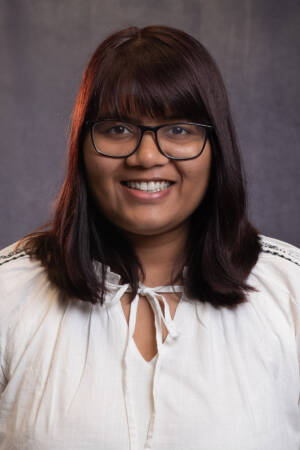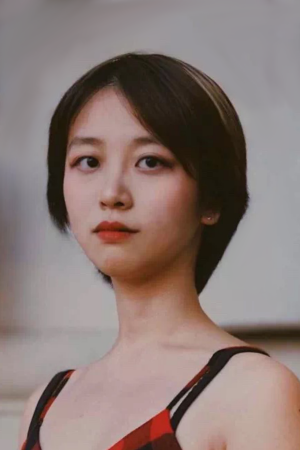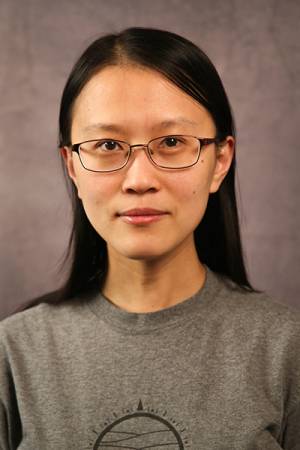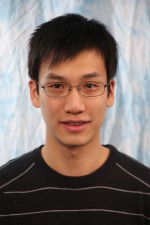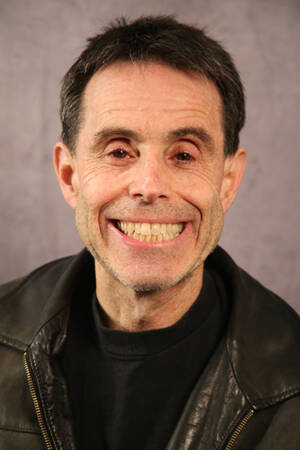
My goal has been, and remains, to bring the precision of computer science and applied mathematics to the realities and uncertainties of mechanical systems. I will continue to make fundamental contributions in design, motion planning, path planning, and estimation.
Mechanism Design. My group has designed and constructed a variety of snake robots, highly articulated mechanisms that can exploit their shape and many degrees of freedom to thread through tightly packed regions, accessing locations that people and conventional machinery otherwise could not. Working with practitioners in their respective fields, my group has been active in applying these mechanisms toward minimally invasive surgery, urban search and rescue, and the manufacturing of aircraft wing assemblies with Boeing. One notable example is our surgical snake robot; in collaboration with Dr. Marco Zenati at the University of Pittsburgh, we have developed a small 11mm cross-sectional diameter snake robot for use in minimally invasive surgery. This device can reach deep into the body without the need for large incisions, thereby reducing both post-operative patient discomfort and medical costs. I am now working with Dr. Shyam Thakkar at Allegheny General Hospital and Dr. Lee Swanstrom at the Oregon Clinic to develop technology to conduct natural orifice transluminal endoscopic surgery (NOTES). NOTES uses the natural orifices to provide access to the abdominal cavity through the walls of a luminal space in order to perform surgical procedures, thereby avoiding invasive abdominal wall incisions. Even more than conventional minimally invasive surgery, NOTES has the potential to produce better outcomes and quicker recovery as well as less post-operative discomfort and fewer complications.
We are also active in developing locomoting snake robots that use their internal degrees of freedom to interact with the environment in order to propel themselves in any desired direction. Our locomoting devices, based on Mark Yim’s earlier work, have a modular design where each module comprises its own actuator, onboard sensing and custom electronics, all contained within a novel mechatronic architecture. In the last two years alone, we have deployed this robot in many locations: Southwest Research Institute, Texas Task Force I’s Disaster City, power plants, and the House of Representatives’ Rayburn Building. Finally, included in Figure 2b-e, are other mechanisms my group has worked on over the past 10 years.
Motion Planning. Simple algorithms alone are not sufficient to coordinate all of the degrees of freedom needed to produce purposeful motion for a complex robot. Motion planning for snake robots is difficult because they have many degrees of freedom and they are also underactuated, meaning that we can only control the internal degrees of freedom of the robot; the net motion cannot be directly controlled. Therefore, we designed motion planners to coordinate the internal degrees of freedom so that the induced shape changes propel the snake robot in a desired direction. Already, we have been able to derive and implement a wide variety of snake robot gaits, including climbing, gap crossing, swimming, and stair climbing. These gaits have been demonstrated in field tests, both inside and outside. We are currently looking at the fundamental mechanics to derive optimal gaits for a broad class of dynamic systems with nonholonomic constraints. Finally, Prof. Jeff Schneider and I have started a collaboration to develop multi-objective learning techniques that search the parameter space of our gait model for a set of “equally” optimal (pareto optimal) parameters, rather than optimizing a single weighted sum of the objectives.
Through collaboration with Prof. Matt Mason and our co-advised students we have developed a single degree-of-freedom robot which uses dynamic motion to climb between two parallel vertical walls. This work introduces minimalism in climbing, using dynamic motions to enable open loop control with a single motor. We derive the nonlinear, piecewise smooth dynamical equations of motion in an eight dimensional state space, derive its Poincaré map, and use it to reduce the dynamics to three dimensions.
Path planning. Whereas motion planners specify a sequence of configurations, velocities and perhaps higher order derivatives to produce net motion, a path planner determines a sequence of robot configurations between a start and goal. Although the two tasks are distinct, they both contend with the complexity of high dimensional configuration spaces. To deal with this complexity for path planning, our approach uses a topological map of the space, which reduces planning from a multi-dimensional search problem to a one-dimensional search.
Our work in topological mapping led to developing a coverage path planner that directs a robot to pass over every point in a target region, for application in robotic demining. This work represents the first provably complete sensor-based coverage algorithm for a broad class of patterns. Dr. Rizzi and I then applied this coverage technology to the application of autobody painting with the Ford Motor Company to expedite the painting operation while minimizing hazardous waste. Spray deposition is not just a coverage problem in three dimensions but a uniform coverage one; we must regulate the path and speed of the applicator to account for the paint deposition process and the impact of surface curvature to ensure uniform coverage.
Estimation. One of the issues in exploring unknown spaces is localization while mapping, often referred to as simultaneous localization and mapping (SLAM). One of the critical challenges of SLAM deals with the computational complexity of mapping large spaces. We developed a hierarchical SLAM technique to address this problem that uses a topological map to divide the space into smaller regions, each represented by a high resolution map. Therefore, instead of trying to localize in a large map, our hybrid technique instead uses the topological map to select on which local map to localization. In collaboration with Dr. George Kantor, we recently derived a multi-hypothesis, probabilistically grounded method for detecting loop closure when exploring unknown environments [23, 24]. This work further improves the computational efficiency and success rate of our topological SLAM algorithm.
Finally, undulatory motion planners require a technique to estimate the robot’s state so as to more effectively control the robot’s gait. In collaboration with Dr. Rizzi, we developed techniques to estimate the state of a highly dynamic robot, RHex. This technique employs a multi-modal estimator to selectively disable and enable the appropriate filters at the appropriate time. This leads to improved scalability, because fewer filters are running simultaneously, as well as improved accuracy, because “averaging” is not corrupted by incorrect filter outputs [26, 27].
Hybrid Controls. Recall that path planning directs the robot where to go, whereas motion planning determines how to go. In other words, path planning typically assumes full control over all the configuration variables and respects obstacles, while underactuated motion planning assumes no obstacles and only has control over a subset of the configuration variables. Ultimately, we seek to combine our path planning and motion planning work by using our estimation techniques to produce feedback for the system. As a first step toward this goal, Dr. Rizzi and I have combined his prior control work with my path planning efforts to form a new hybrid controls framework that combines discrete and continuous planning where an arbitrator selects which continuous feedback control law to invoke. Specifically, we define a series of controllers that are valid over simple domains such that one controller in the sequence brings the robot into the domain of the next controller, and therefore the sequence collectively brings the robot to a goal state. In a sense, instead of using path planning to determine a “thin” path, we now have a procedure that determines a “fat” path or vector field along which the robot “flows” from a start location to a goal. This extends sequential composition in two ways: i) our controllers flow into the next policy, as opposed to converging to a single state in the next domain, and ii) our controllers respect non-holonomic constraints.
It is the excitement of working with students that continues to draw me to academia. I am certain that a casual tour of my lab reveals a feeling of energy and productivity. My students, both graduate and undergraduate, work hard to provide fresh new insights within the framework of mathematical and experimental rigor endowed by my research program. This philosophy of theoretic and applied rigor has been the cornerstone of my graduate course, Robotic Motion Planning (16-735), which has resulted in a co-authored textbook on motion planning. Also, guided by this philosophy of mathematical and experimental rigor, I designed and continue to teach an undergraduate class, Introduction to Robotics (16-311), that makes use of LEGO robots to reinforce basic principles taught in class. This course provides the basis for the Undergraduate Robotics Minor, which I founded in 1998 and have directed since its inception. This minor is one of the first undergraduate certifications for robotics in the world. Building off the success of the minor, I introduced a fifth year Robotics Masters Program for Carnegie Mellon undergraduates.
Research Topics
- Field & Service Robotics
- Manufacturing Robotics
- Search and Rescue Robotics
- Manipulation & Interfaces
- Multi-Robot Planning & Coordination
- Robotics Foundations
- Motion Planning
- Multi-Robot Planning & Coordination
- Full Stack Autonomy
- Space Robots and Systems
- Underwater Robotics
- Kinematics
- Biologically Inspired and Evolutionary Robotics
- Human Robot Collaboration
- Human-Centered Robotics
- Medical Robotics and Computer-Integrated Surgery
current phd students
current masters students
current affiliates
past masters students
- Neil Abcouwer
- FNU Abhimanyu
- Nathan Abraham
- Ananya Bal
- Raunaq Mahesh Bhirangi
- Blake Buchanan
- Edward Chen
- Yu Chen
- Shuoqi (Socky) Chen
- Daqian Cheng
- Howard Coffin
- Priyanka Deo
- Steven A. Ford
- Nathaniel Fox
- Ruijie Fu
- Ruohai Ge
- Raghavv Goel
- Aaron Greenfield
- Jaskaran Singh Grover
- Naman Gupta
- Evan Harber
- Jiaheng Hu
- Simon Kalouche
- Hans Kumar
- Matthew Martone
- Sara Misra
- Deryck Morales
- Benjamin Morse
- Hugo Ponte
- Hadi Salman
- Haowen Shi
- Akshaya Kesarimangalam Srinivasan
- Daniel Vedova
- Thomas Wei
- Tejas Zodage
Below is a list of this RI member's most recent, active or featured projects. To view archived projects, please visit the project archive
